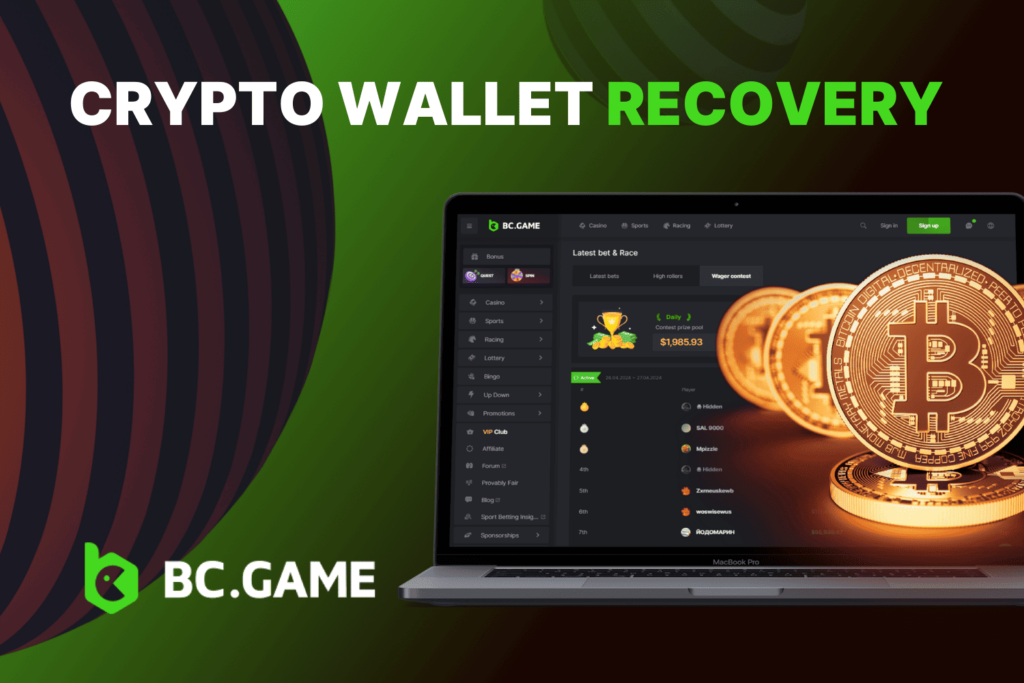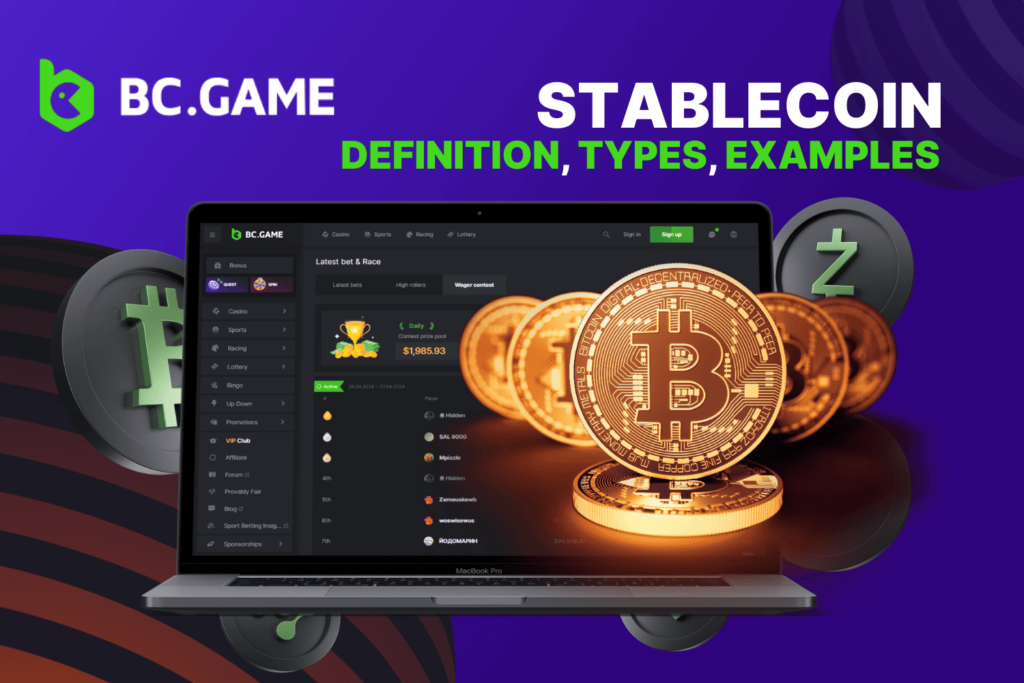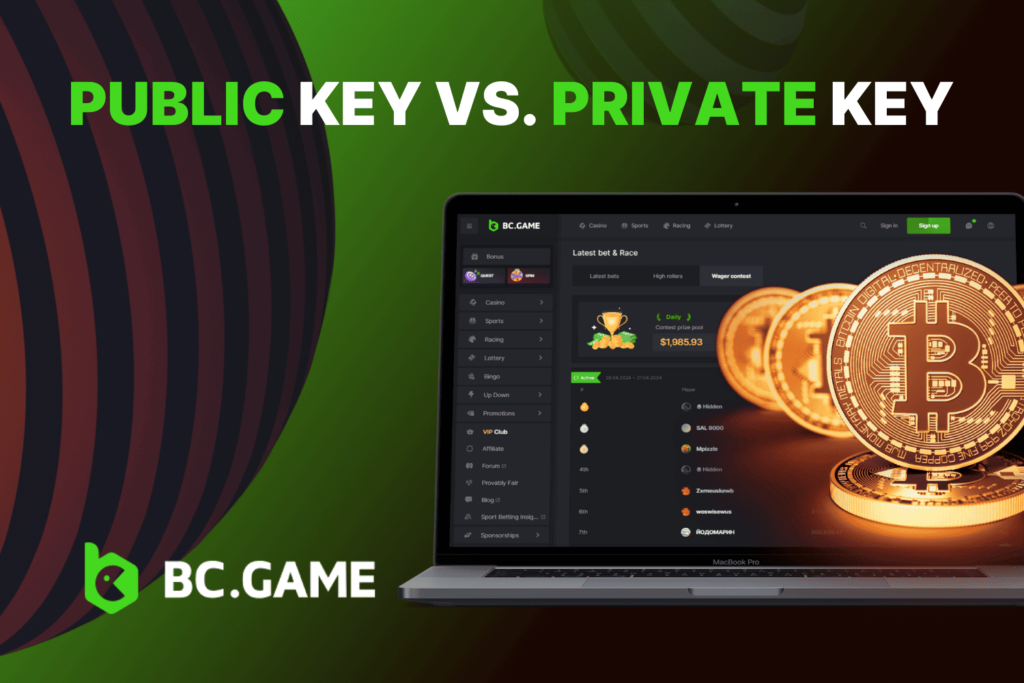
Cryptocurrency is a global phenomenon today. However the complicated process of crypto mining powers these digital assets. Understanding cryptocurrency mining can help you understand how these currencies are created, secured, and stored, whether you are already familiar with cryptocurrency or just starting out.
What is Crypto Mining?
So what does this process mean, though? Most importantly, it is the mining of cryptocurrencies that ensures the decentralized nature of digital currency. Unlike traditional finance systems, which are controlled by a centralized authority, it is miners who help to hold the integrity of the network. The absence of miners to verify transactions can compromise the accuracy and safety of the whole system.

Additionally, the regulation of the supply of digital currency is significantly influenced by what is mining in cryptocurrency. For example, Bitcoin has a fixed supply of 21 million coins, and mining ensures a gradual, scheduled production of new units. This scarcity frequently influences the market value of Bitcoin by increasing demand.
To put it simply, crypto mining functions as follows:
- Miners can overcome complex algorithms with the assistance of powerful computers.
- The algorithm is corrected to verify transactions and upload them to the blockchain.
- Miners receive a specific amount of cryptocurrency as a reward.
How Does Cryptocurrency Mining Work?
Crypto mining plays a crucial role in the creation and maintenance of digital currencies. It involves the computational power used to solve complex cryptographic puzzles, which helps increase the volume of new transactions added to the blockchain. When a miner successfully solves one of these puzzles, they verify a block of transactions and are rewarded with newly minted cryptocurrency, whether it be Bitcoin, Ethereum, Litecoin, or any other digital currency.
The use of certain consensus algorithms in cryptocurrency mining guarantees the network’s security and integrity. These strategies enable the network to achieve agreement on the legitimacy of transactions. The two predominant consensus mechanisms used in cryptocurrency mining are Proof of Work (PoW) and Proof of Stake (PoS).
Proof of Work vs. Proof of Stake
In the early days, solo mining was common; with the complexity of solving cryptographic challenges and the computational power required, it isn’t these days. In reality, most miners use mining pools, which is where they combine their resources with other miners to have a better chance of successfully solving a block and earning rewards.
Here, a concise comparison is made between solo mining and mining pools:
| ☑️ Aspect | 🔸 Solo Mining | 🔹 Mining Pools |
|---|---|---|
| Initial Investment | High—requires powerful hardware | Lower—resources are shared among members |
| Reward Frequency | Low, as blocks, are harder to solve alone | More frequent—pool members share the rewards |
| Profitability | Potentially high if successful | Stable, but rewards are split among participants |
| Risk | High—one miner must solve the entire block | Low—shared risk among many miners. |
Although mining partnerships offer more consistent profits with reduced individual risk, single mining necessitates a significant amount of effort and capital to generate benefits.
Proof of Work vs. Proof of Stake
An understanding of mining is first an understanding of the consensus algorithms that it relies on. Two well-known systems include Proof of Work (PoW) and Proof of Stake (PoS), both of which rely on various methods to verify transactions.
Hashing is a complex mathematical process performed by miners to validate transactions and produce new blocks. This approach requires a lot of energy and computing power.
Conversely, Proof of Stake (PoS) eliminates the need for extensive computational effort. In PoS, validators are chosen to create new blocks based on the amount of cryptocurrency they “stake,” thereby securing the network. PoS is considered a more energy-efficient alternative to Proof of Work (PoW) since it does not require substantial mining hardware for participation, making it a greener option across various digital currencies.
Hashing and Block Creation
The process of generating hashes and creating blocks defines crypto mining. When trying to solve cryptographic challenges, miners are essentially looking for a single hash value that meets certain criteria. Hashing means finding the right input for a hash function on the miner computer.
So any valid hash means a new block is added to the blockchain. Besides a reference to the previous block, this block contains a catalog of recent transactions. The proof of work is then generated, at which point the block is broadcasted to the network and the miner receives cryptocurrency for their work. The second construction is that each block is linked, which means it is linked to the previous block, creating a chain of blocks that is virtually unrepeatable.
How to Start Mining Cryptocurrency
The early stages of crypto mining include a handful of simple activities. Choosing the right hardware is step number one. Depending on the coin you are working towards, you may want GPUs (Powerful mining for versatility) or ASIC Miners (application-specific integrated circuits) for more power. Hardware security comes before the choice of mining program that will be used to mine the selected coin. This software connects your computer to the blockchain network, validates transactions, and receives rewards.
In summary, crypto mining involves the selection of mining software, configuring suitable hardware, and either mining alone or working as part of a pool confirming transactions.
Challenges of Mining Crypto
Challenges associated with mining Some of the challenges associated with processing cryptocurrencies may be quite intimidating for those who are new to the process. The most significant impediment is the substantial initial infrastructure expenditure. Mining devices, particularly those intended for crypto mining, may be expensive. ASIC miners, in particular, may be expensive, costing thousands of dollars. Therefore, it is necessary to have a reliable cooling system and electrical source.
Lastly, it is imperative to evaluate the environmental consequences of mining. In particular, the energy-intensive nature of how crypto mining works, especially Crypto mining, raises concerns regarding its environmental impact, particularly in the context of proof-of-work-based coins.
Is Cryptocurrency Mining Legal?
Some areas allow crypto mining, and others prohibit it. Miners in some countries can do whatever they want (even if it’s totally legal in some countries). But in other countries, the regulation or outright ban of mining is focused on worries about energy usage, fraud, or the possibility of illicit activity. As a result, it is crucial to check the local laws of your country or state before starting a mining operation.
For example, mining is entirely legal across much of North America and Europe. Some countries — notably China and India — have restricted or outright banned mining, primarily due to its huge energy demands and issues related to financial instability. Understanding how crypto mining works helps clarify why these concerns arise, particularly in regions where energy consumption and financial regulation are under scrutiny.




